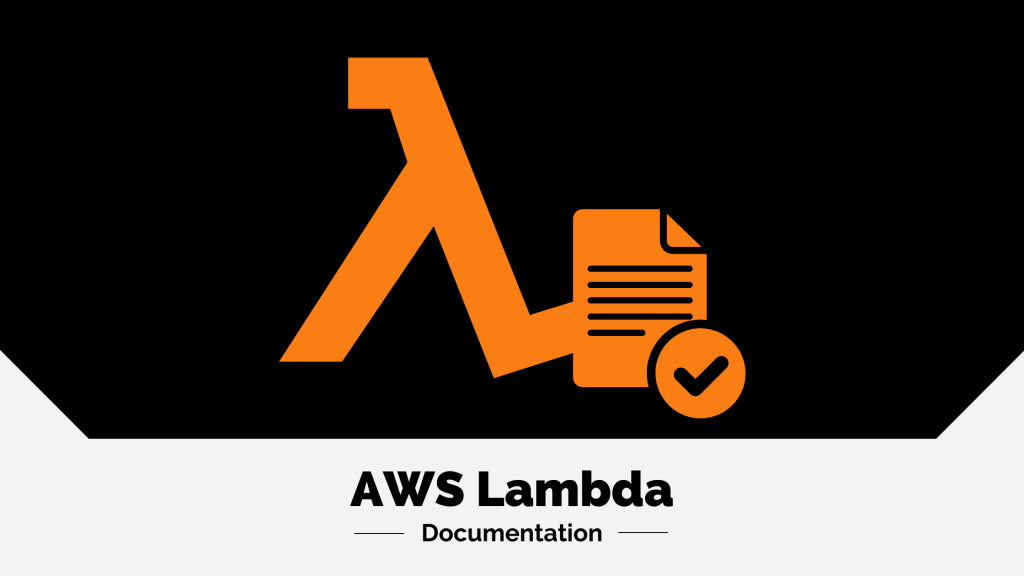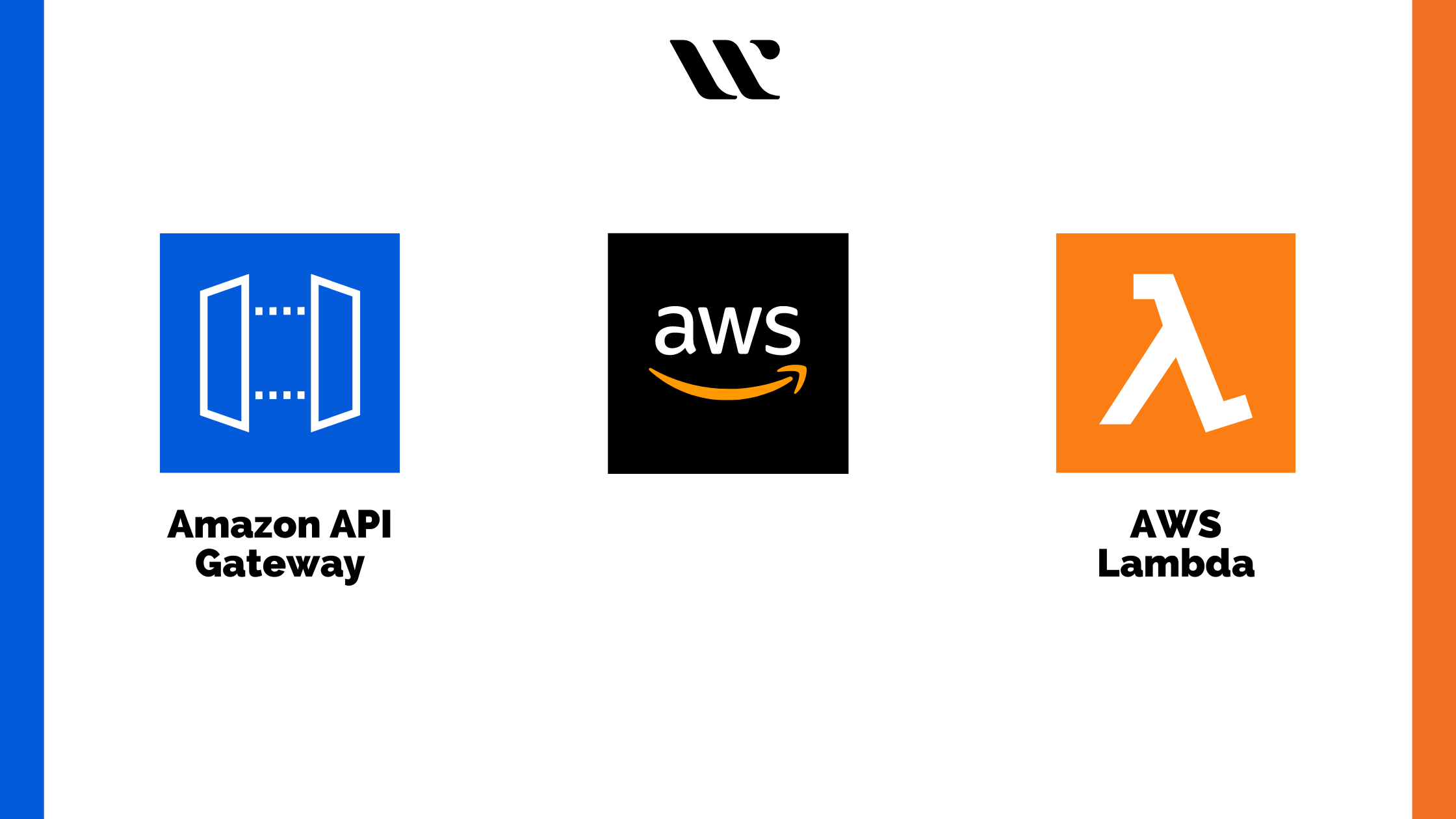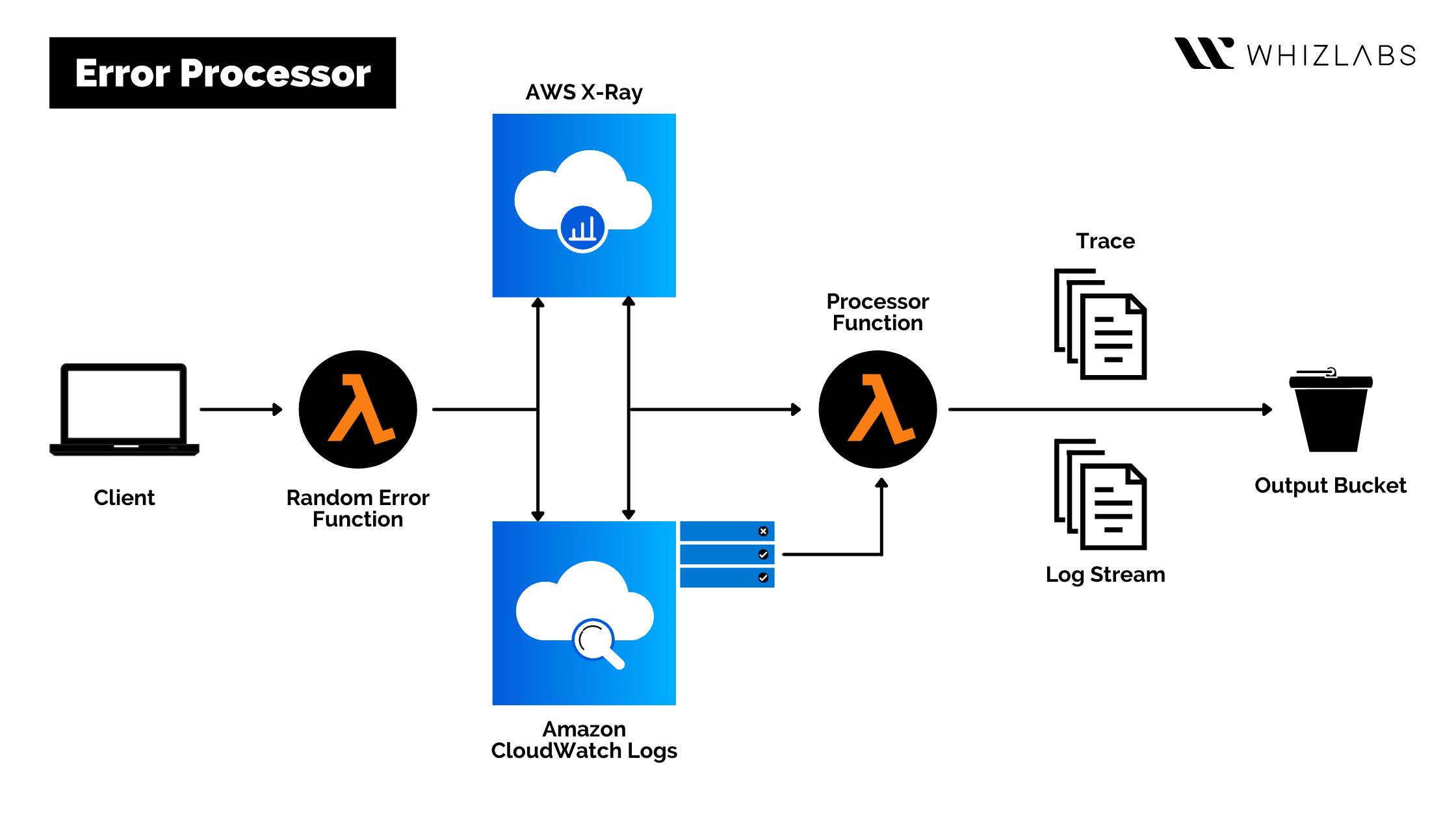AWS Lambda Documentation over the official website of AWS is highlighting the detailed explanations on the definitions, developer guide, API reference, and operations of Lambda. For beginners, it might be a complex journey of mastering the systematic composition of knowledge, practical implementations, and other aspects of the site.
Therefore, this article is all about simplifying this journey of understanding and mastering AWS lambda with easy-to-understand conceptual definitions on different aspects under the AWS Lambda documentation. Follow onto this Lambda documentation article and elaborated sections below to get the fundamentals, basics, and in-depth knowledge of Lambda.
Definition of AWS Lambda
Before you can get into the depth of AWS Lambda, it is important for you to know the initial definition of it. With the use of AWS Lambda, you get the ability to run function codes without the initiation of server management or provisioning.
AWS Lambda service does not charge you for the time when you are not running your codes. There is no limitation of running the codes as it allows you to execute them for almost all types of applications or back-end service. There is zero administration effort as everything is automated under AWS Lambda.
Read more about What is AWS Lambda today!
You just have to upload the code, and AWS Lambda will take care of all the other aspects associated with scaling or running the code. The code can be set to get automatically triggered from other selected AWS services. Along with that, the AWS services can also be used directly from any of the respective mobile apps or websites without much hassle.
With AWS Lambda, you can also build or develop serverless applications embedded with functions that are triggered and deployed automatically using the AWS CodePipeline and CodeBuild. There is a lot more to the operation, designing, and troubleshooting of the Lambda applications that you will know further in the article within the Operator’s Guide section.
When can AWS Lambda be used?
Under the AWS Lambda Documentation, the Developer Guide clearly states when to use AWS Lambda for their applications or implementations. It is derived to be a computing service that is adequate for several application environments.
The users are equipped with the Lambda Standard Runtime Environment for running the function code within the available Lambda resources. While you are implementing Lambda for your needs, you are held responsible only for infusing or adding the right codes. And the rest is taken care of by the computing service platform.
Here we bring a comprehensive AWS Lambda tutorial that will make you a pro in AWS Lambda.
AWS Lambda has the potential to manage the compute fleet for balancing the CPU, Memory, Network, and other associated resources. AWS Lambda does not offer you the flexibility of logging into the computing instances or customization of OS on the given runtimes.
These might seem like some sort of constraints to AWS Lambda, but they are meant to help run the administrative and operational activities for the users. It monitors the fleet’s health and checks on the provisioning capacity. It also applies security patches and updates, monitors the functions, deploys the code, and many other such services for ensuring user convenience.
For the users who want to manage their specific compute resources on their own, AWS has specified compute services to meet those requirements on priority with Amazon EC2 and AWS Elastic Beanstalk.
Read more about What is the Azure Equivalent of AWS Lambda!
For first time users, there are certain recommendations specified within the AWS Lambda documentation that are as follows:
- Read the overview of AWS Lambda and go through the introductory video content for better knowledge.
- Take on the brief exercise of starting with the console.
- Gain knowledge of the importance and use of container images.
- Understand the process of deploying the Lambda applications.
- Explore the use cases of AWS Lambda.
Operator Guide of AWS Lambda
Under this section of AWS Lambda Documentation, you will get to know about the use cases and the prime concerns that AWS Lambda has considered to constantly improve:
AWS Lambda is considerably one of the most flexible computing services that are destined to be used seamlessly with several use cases. There are over millions of customers to AWS Lambda every single month. Therefore, the flexibility in terms of use cases is quite optimal for inclusion by the company.
Some of the common use cases of AWS Lambda are as follows:
- Web & Mobile Back-ends- API gateway is used for interacting the front-end of a code with the back-end. Along with that, it also supports integrated authentication and authorization that is backed by Amazon Cognito and associated APN Partners such as, Auth0.
- Web Applications- For the web applications, AWS Lambda serves the front-end code using the Amazon CloudFront and Amazon S3. Moreover, the web applications can also be completely automated for their deployment and hosting aspects with the integration of AWS Amplify Console.
- Computing Tasks in Parallel- For this use case, AWS Lambda splits the complex and long-time computations to separate tasks. It divides them into different Lambda function instances for processing more amounts of data quickly by implementing parallel execution techniques.
- IoT Workloads- AWS Lambda helps in the seamless processing of relevant data that are generated by all types of physical IoT devices.
Read more on AWS Lambda vs EC2!
This documentation for AWS Lambda is meant to give the operators and developers a general idea about the Lambda applications. It intends to help the operators understand the in-depth process of building, measuring, troubleshooting, and optimizing the computing processes. And for that, there are some of the AWS Lambda prime concerns that you need to understand in brief. The concerns are as follows:
- Event-Driven Architecture- Event-driven architecture of AWS Lambda is meant to address inherent challenges for building diverse, complex systems integrated into modern organizations. This approach of AWS Lambda promotes the implementation of microservices for processing the narrow functions. Therefore, you can conclude that every lambda-based application has the compatibility to work seamlessly with the microservice or event-driven architectures.
- Application Design- AWS Lambda focuses on considering the design principles that are destined to help the users build specific workloads to meet the desired goals. The goal of designing the application or developing the workloads by following the principles should be to attain reliability, seek durability of storage, secure the access, meet the performance needs and keep the costs low.
- Security- Security has always been an important consideration with AWS, and all the developers need to leverage the potential for developing secure applications. The developers play their role by handling the sensitive data, managing IAM roles, automating authentication and authorization, application protection, and others.
- Debugging- AWS Lambda educates and guides the developers to identify errors within the software to prevent adversities, thereby reducing the production workload. The developers standardize debugging approach, troubleshoot the executions, identify common error causes, manage deployments, and others.
- Monitoring & Observability- AWS Lambda considers the monitoring and observability aspects on priority. There are CloudWatch logs and X-Ray tracings, automation alerts, and cloud-storage optimization aspects embedded with AWS Lambda for in-depth monitoring of the functions.
- Performance Optimization- AWS Lambda manages the execution and scaling of the codes or functions. But, apart from that, there are many other things within this computing service platform that motivates the developers to enhance the performance of it. Some of the aspects include cold start, memory & power settings, throughput maximization, and others.
Cost Optimization
The expense associated with running aws Lambda cost for your workload depends on three key elements: the quantity of executions, the duration and memory usage (aggregated as gigabyte-seconds), and data transfer. Apart from the influence of memory allocation highlighted in the preceding section, various design decisions can affect these three factors, consequently offering opportunities for cost reduction.
Table
Best Performing AWS Free Tests
| Sl No | Certification | Questions | Rating | Link to the Test |
|---|---|---|---|---|
| 1 | AWS Certified Cloud Practitioner | 55 Practice Questions | 4.72 (29235) | Try Now |
| 2 | AWS Certified Solutions Architect Associate | 20 Practice Questions | 4.72 (93418) | Try Now |
| 3 | AWS Certified Developer Associate | 25 Practice Questions | 4.67 (29669) | Try Now |
| 4 | AWS Certified SysOps Administrator Associate | 20 Practice Questions | 4.69 (17143) | Try Now |
| 5 | AWS Certified Solutions Architect Professional | 15 Practice Questions | 4.71 (20740) | Try Now |
| 6 | AWS Certified DevOps Engineer Professional | 15 Practice Questions | 4.56 (10809) | Try Now |
| 7 | AWS Certified Advanced Networking – Specialty | 15 Practice Questions | 4.41 (3894) | Try Now |
| 8 | AWS Certified Security - Specialty | 15 Practice Questions | 4.49 (8650) | Try Now |
| 9 | AWS Certified Alexa Skill Builder - Specialty | 15 Practice Questions | 4.58 (972) | Try Now |
| 10 | AWS Certified Machine Learning - Specialty | 15 Practice Questions | 4.81 (3157) | Try Now |
| 11 | AWS Certified Database - Specialty | 15 Practice Questions | 4.67 (1005) | Try Now |
| 12 | AWS Certified Data Analytics - Specialty | 20 Practice Questions | 4.55 (2000) | Try Now |
Conclusion
With this, the important AWS documentation aspects are covered to give you a brief idea of the core features meant to be considered by the developers and operators who are starting with AWS Lambda for the first time.
Read more on When Should You Use AWS Lambda!
There is a lot more to grasp and learn about AWS Lambda that you will have to master over time. And that is possible when you get started with it at first. Get started and then enroll in AWS training courses to learn more. So, buckle up and, with the idea of AWS Lambda’s basics, initiate your functions or codes over its console to enjoy efficiency and faster execution at a low cost.
- Top 20 Questions To Prepare For Certified Kubernetes Administrator Exam - August 16, 2024
- 10 AWS Services to Master for the AWS Developer Associate Exam - August 14, 2024
- Exam Tips for AWS Machine Learning Specialty Certification - August 7, 2024
- Best 15+ AWS Developer Associate hands-on labs in 2024 - July 24, 2024
- Containers vs Virtual Machines: Differences You Should Know - June 24, 2024
- Databricks Launched World’s Most Capable Large Language Model (LLM) - April 26, 2024
- What are the storage options available in Microsoft Azure? - March 14, 2024
- User’s Guide to Getting Started with Google Kubernetes Engine - March 1, 2024



